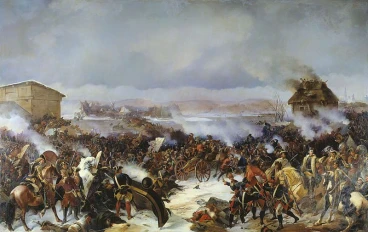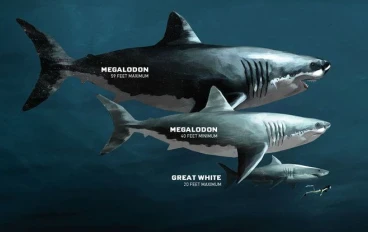
Saqqara's wondrous utensils... How did the ancient Egyptians make them?
?Saqqara's wondrous utensils... How did the ancient Egyptians make them

The “Saqqara Pots” collection, spread in the Egyptian Museum and many museums around the world, still confuses scholars and raises a question that has not yet been answered: How did the ancient Egyptians make these pots from extremely hard schist, quartz, diorite, and basalt stones with such extreme precision? What tools did they use in the manufacturing process?!

Saqqara vessels are a group of stone vessels of various shapes and made of the hardest types of stones. They were found at the bottom of the Pyramid of Djoser in the Saqqara region in large numbers exceeding thousands. Scientists believe that they all date back to the period of King Djoser, that is, approximately 3400 years BC, and are currently spread throughout the world. Many museums around the world.
The dilemma raised by Saqqara pots is that their manufacture is in no way compatible with the tools that the Egyptians are believed to have used in the Dynastic Era, namely chisels and copper, bronze, and even iron hammers that appeared in the late era, due to the type of stones from which these vessels are made. The ancient Egyptian chose to make it from a group of very hard stones, and no material can be easily carved into it, such as diorite, for example, which can only be carved with a diamond blade!

What is truly amazing is that if we currently try to make similar vessels from the same stones, we will face a very big problem, which is that we simply do not have tools that help us make the same shapes of those vessels from the same stones! Which means we need to create more modern, exceptional and unprecedented tools.

What is most astonishing is the amazing consistency and match in the measurements of these pots, which reach the point of geometric identicalness, which makes the percentage of human error in the process of making them almost zero percent!
In addition, many of these vessels are hollow from the inside, even though the neck of the vessel is narrower than the vessel itself, which means that their maker used special and exceptional tools to carve them. But what are these tools with which he was able to carve the diorite stone, hollow it out from the inside in this way, and polish it? From inside and outside?!

In addition to all of the above, we find that the large number of these vessels, which reach tens of thousands, makes things even more difficult. If we assume that they were made by hand carving, then it would take days and weeks to make one vessel, let alone tens of thousands of them?!
American researcher John Anthony West, one of those who believe that we have not discovered the true secrets of Egyptian civilization yet, says that Saqqara pots pose a great challenge to scientists, as there are no traces of the use of drilling tools (hammer and chisel) on the stones of these pots, and their surfaces are completely smooth. As if it was carved using laser beams.
Saqqara pots astonished the English scientist Flinders Petrie, who arrived in Egypt in 1881 to study Egyptian antiquities. Out of his astonishment, the man ruled out the possibility that the ancient Egyptians had carved these pots simply by carving and hammering by hand, suggesting that the Egyptians had achieved advanced technology that we had not yet discovered. I helped them make those pots. The English scientist came to the point of assuming that the ancient Egyptians must have invented mechanical “lathes” so that they could produce such utensils with such extreme precision. This is a theory for which Petrie did not provide any evidence of its validity. Despite this, those who believed in it and believed in it appeared. The Egyptians possessed highly advanced machines that helped them build this giant civilization.
What is certain is that these miraculous vessels will remain a source of great confusion to scientists, researchers, and all those interested in the ancient Egyptian civilization, and evidence of the greatness of that civilization and the greatness of the scientific progress achieved by the ancient Egyptian, and they will continue to constitute a great, mysterious secret of the secrets of Egyptian civilization, until we reach conclusive material evidence that reveals it to us. How to make it and the real tools used in it


































